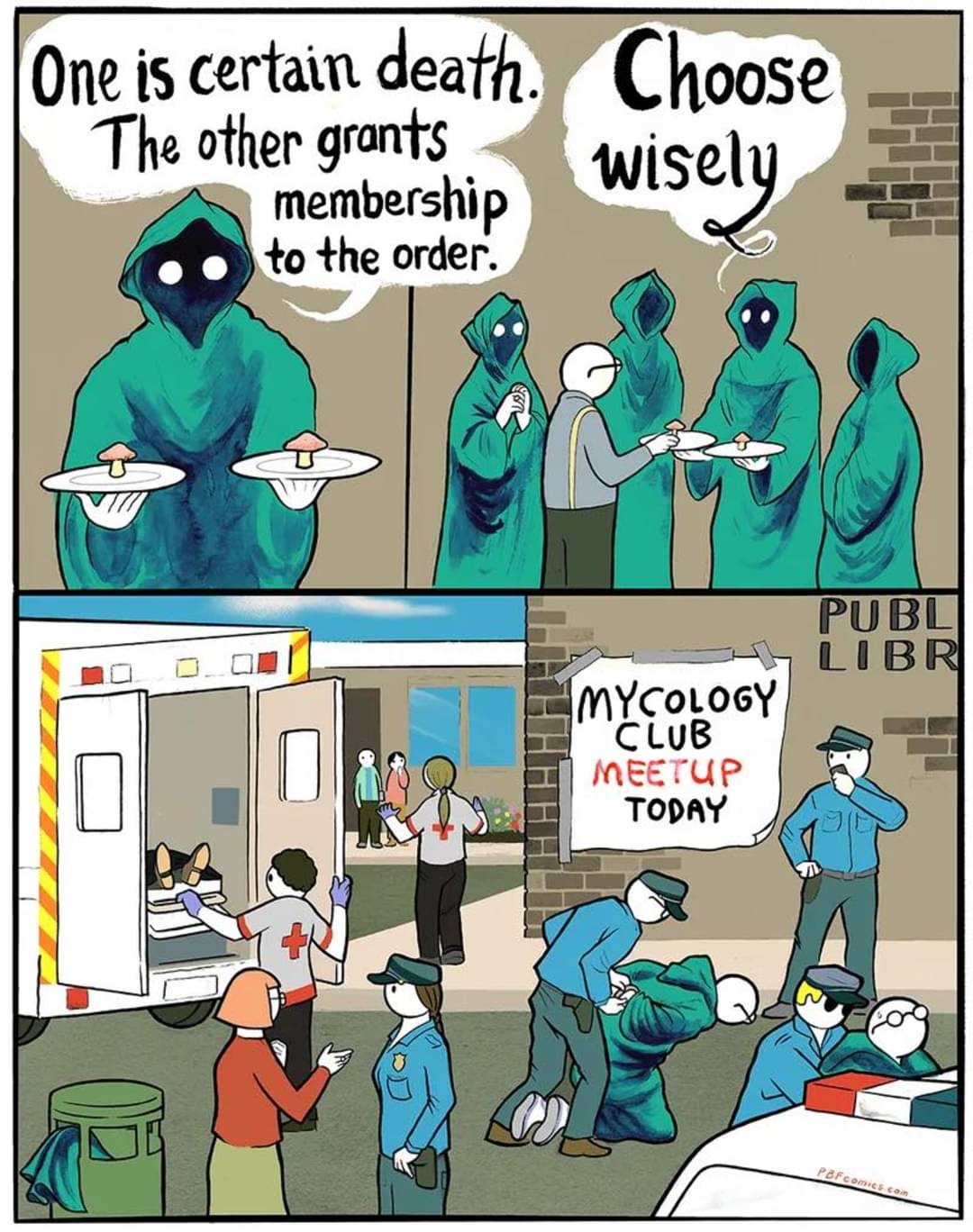Fungi: mycelia, mushrooms & more
378 readers
35 users here now
This is a community for information and discussions on
- Mycorrhizal networks
- Mycoremediation for land restoration, water mycofiltration etc
- Biodegradable mycelium-based materials (building blocks, textiles, alternatives to plastic, to name a few)
- Fungal technology & biotechnology
- Medicinal uses
And so much more.
Some related local communities
Some related communities from other instances are:
- [email protected]
- [email protected]
- Queermushroomfarm: [email protected]
Credits
- Icon: Studio Klarenbeek & Dros
- Banner: Pauline Moss
Posts and comments from Meta or X will be removed. More info here.
founded 1 year ago
MODERATORS
176
177
178
179
180
181
182
183
184
185
186
187
188
189
190
191
192
193
194
195
196
197
198
199
200
